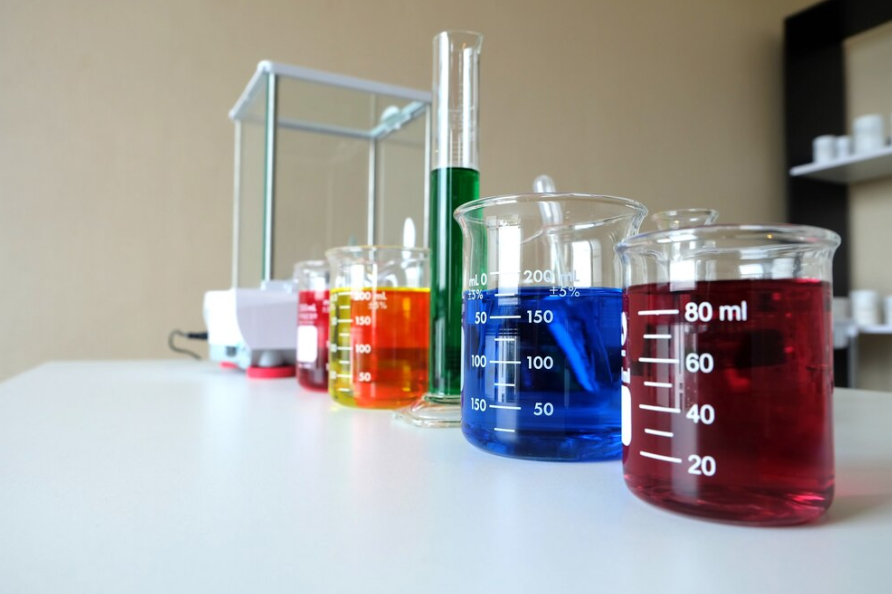Unit 6 Overview: Thermochemistry and Reaction Thermodynamics
Welcome to Unit 6 of AP Chemistry! This unit dives deep into the fascinating world of thermochemistry, exploring the energy changes involved in chemical reactions, specifically focusing on enthalpy—the heat energy that flows in and out of chemical systems. 🔥 Whether a reaction releases energy or absorbs it, you’ll learn how to quantify these changes and understand the dynamics of energy flow in reactions using tools like calorimeters and concepts such as heat capacities.
Key Concepts to Focus On (According to College Board):
- The laws of thermodynamics describe the essential role of energy in predicting and explaining changes in matter.
- Energy availability plays a role in virtually all chemical processes.
- Thermodynamics provides tools to understand energy conservation, heat transfer, and work.
- Bond breaking requires an input of energy, while bond formation releases energy.
- Thermodynamics determines the favorability of a reaction in subsequent units.
The Big Picture of Unit 6
Energy is crucial in driving chemical reactions. As discussed in Unit 5, all reactions require activation energy to occur. Unit 6 extends this understanding by exploring how reactions can either release energy (exothermic) or absorb energy (endothermic). We’ll explore fundamental concepts in thermodynamics to explain and predict how energy flows, alongside performing essential calculations to measure energy changes within chemical systems.
Topic Breakdown
6.1-6.3: Thermodynamics Basics
In these sections, we introduce fundamental concepts of thermodynamics and its role in understanding energy transfer. Key topics include:
- Exothermic vs. Endothermic Processes:
- Exothermic reactions release energy, typically in the form of heat, resulting in products with lower energy than the reactants.
- Endothermic reactions absorb energy, resulting in products with higher energy than the reactants.
- Laws of Thermodynamics:
The First Law of Thermodynamics, also known as the Law of Conservation of Energy, states that energy cannot be created or destroyed; it can only be transferred or transformed. - Heat Transfer and Thermal Equilibrium:
Heat transfer between systems occurs until thermal equilibrium is reached—where the rate of heat entering a system equals the rate of heat leaving it, resulting in no net change.
6.4-6.5: Calorimetry and Phase Changes
Calorimetry is the measurement of heat flow in a chemical reaction. Using a calorimeter, we can measure changes in temperature, mass, and heat capacity to calculate the energy transferred during a reaction using the formula:
- q: Energy transferred (Joules, J or kilojoules, kJ)
- m: Mass (grams, g)
- c: Specific heat capacity (J/g°C)
- ΔT: Change in temperature (°C)
These sections also explore phase changes, where substances change state (solid, liquid, gas), each involving heat transfer without changing temperature.
6.6-6.9: Enthalpy (ΔH) and Heat Energy in Reactions
Enthalpy (ΔH) measures heat flow at constant pressure and helps determine if a reaction is exothermic (ΔH < 0) or endothermic (ΔH > 0). Key topics include:
- Bond Enthalpies:
The energy required to break a bond. Since reactions involve breaking and reforming bonds, calculating net changes in enthalpy helps determine overall heat changes. - Enthalpy of Formation:
The enthalpy change associated with forming a compound from its elements. - Hess’s Law:
This law states that the enthalpy change of a reaction is pathway independent. We can calculate the enthalpy of complex reactions using simpler reactions by adding and multiplying their enthalpy changes to achieve the target reaction.
Summary and Key Takeaways
Unit 6 focuses on understanding heat flow, energy transformations, and enthalpy changes in chemical reactions. By mastering these concepts, you’ll gain the tools to analyze the energetics of reactions, predict the direction of chemical processes, and perform essential enthalpy calculations for the AP Chemistry exam.
Tips for Success:
- Practice using calorimetry equations to calculate energy changes.
- Understand the difference between exothermic and endothermic processes.
- Familiarize yourself with bond enthalpies and how they relate to reaction enthalpies.
- Use Hess’s Law to simplify complex reactions.
Explore More:
Good luck mastering thermochemistry and reaction thermodynamics! You’ve got this! 📚🔥







